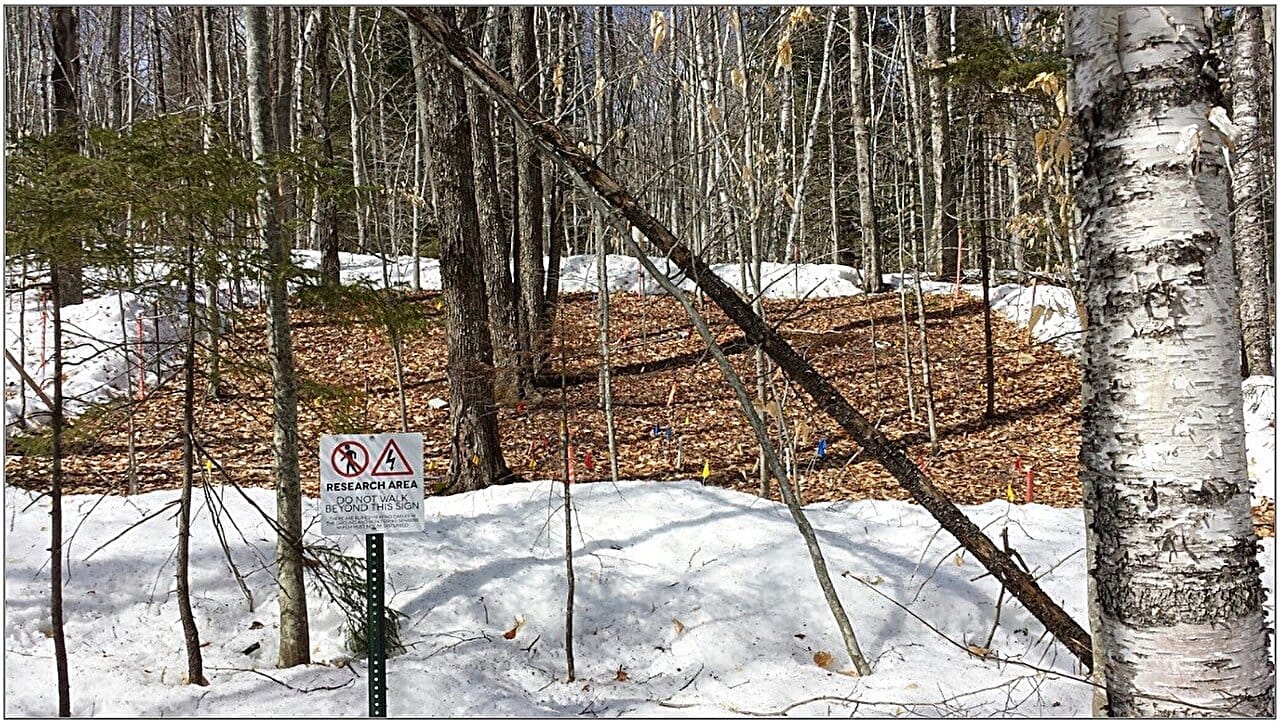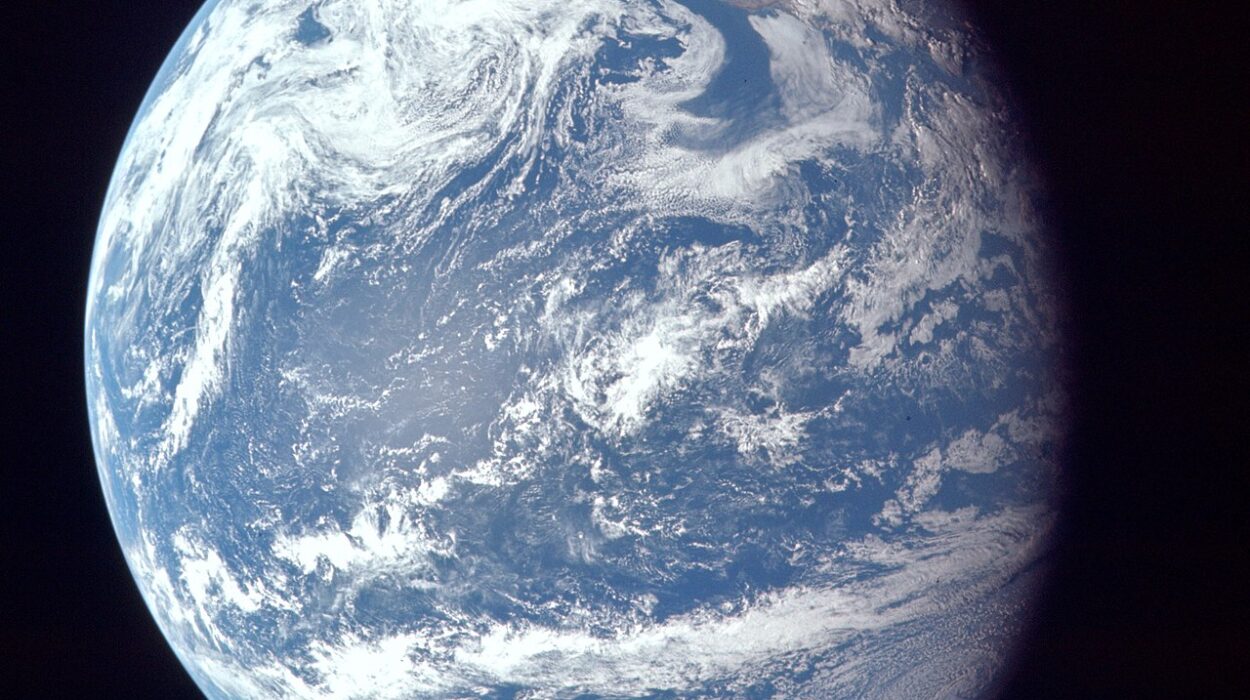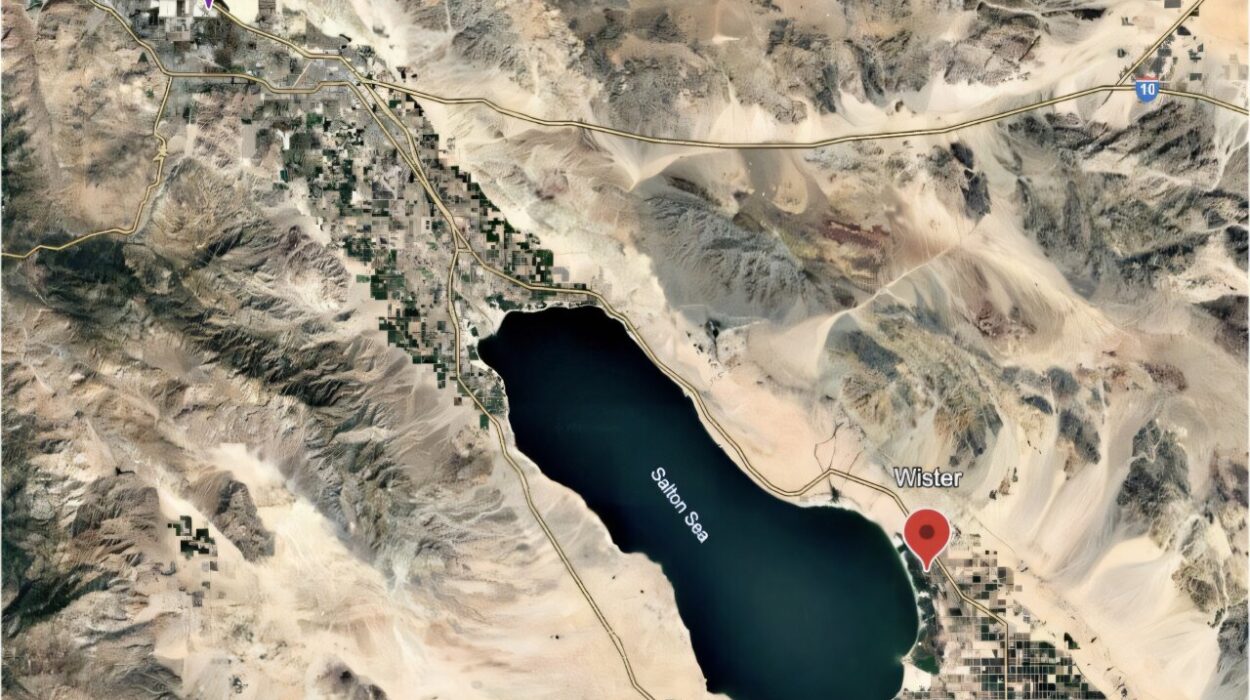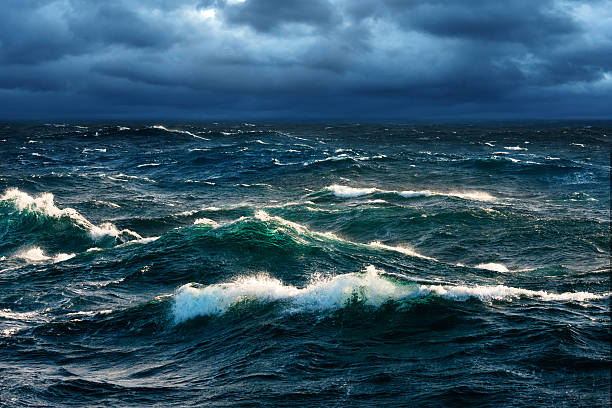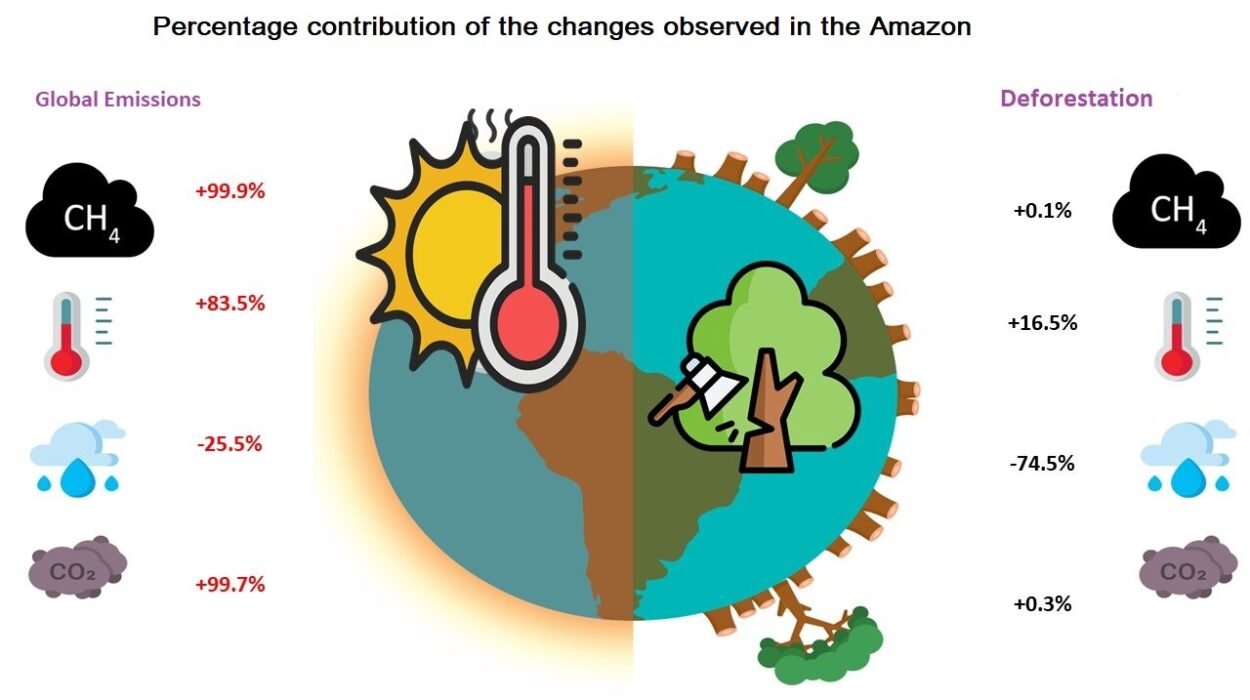The towering trees of North America are more than just majestic pillars of the forest; they are silent heroes in the fight against climate change. Absorbing vast amounts of carbon from the atmosphere, forests offset around 20% of North America’s carbon emissions, helping to slow the devastating effects of global warming. But what if these green giants are starting to lose their power to fight back?
A new study published in the Proceedings of the National Academy of Sciences has raised alarming questions about the future of forests as carbon sinks. By investigating how warmer winters might interfere with trees’ ability to store carbon, researchers have uncovered a hidden vulnerability in our forests that could seriously impact their role in combating climate change.
In this in-depth experiment, scientists explored how fluctuating soil temperatures and reduced snowpack could affect forest growth and carbon storage. The results suggest that, while warmer summers might boost tree growth, warmer winters—especially those with more frequent freeze/thaw cycles—could cripple the very systems that allow trees to sequester carbon.
The Battle Between Winter Warmth and Carbon Storage
The experiment, which spanned a decade, was conducted in the Hubbard Brook Experimental Forest in New Hampshire, a region known for its rich temperate forests. Six different forest plots were monitored, offering a unique opportunity to see how different environmental conditions impacted tree growth and carbon uptake over time.
To test the effects of a warmer climate, researchers altered the conditions on these plots. Two of the plots were left untouched to serve as a baseline or reference, while the others were subjected to various environmental manipulations. In two of the plots, the researchers artificially warmed the soil during the growing season by 5°C using buried heating cables. In another two plots, they took things a step further, removing snow during the winter months to induce up to four freeze/thaw cycles, simulating the impact of reduced snowpack on the soil.
For a decade, the researchers carefully measured tree growth, soil temperatures, and snow levels. Most of the trees in the plots were red maples, a common species in the northeastern United States. The growth of these trees was tracked, with a specific focus on stem biomass carbon—the amount of carbon stored in the tree as it grows.
The Surprising Effects of Reduced Snowpack
As expected, the results were complex and multi-faceted. When the researchers compared the carbon storage of trees in the manipulated plots with the reference plots, the differences were striking.
In plots where the soil was heated during the growing season, tree growth surged by an impressive 63% compared to the reference plots. This aligns with what scientists have long believed: warmer growing seasons, with more favorable soil conditions, boost tree growth and, by extension, carbon uptake. However, the results from the winter treatments told a different, more sobering story.
The plots that experienced reduced snowpack and were subjected to multiple freeze/thaw cycles showed far less carbon sequestration—only a 31% increase in carbon storage compared to the reference plots. This was a stark contrast to the growth seen in the warmer growing-season plots, and it raised an important question: Could the winter thawing and freezing process be damaging the trees’ ability to absorb carbon?
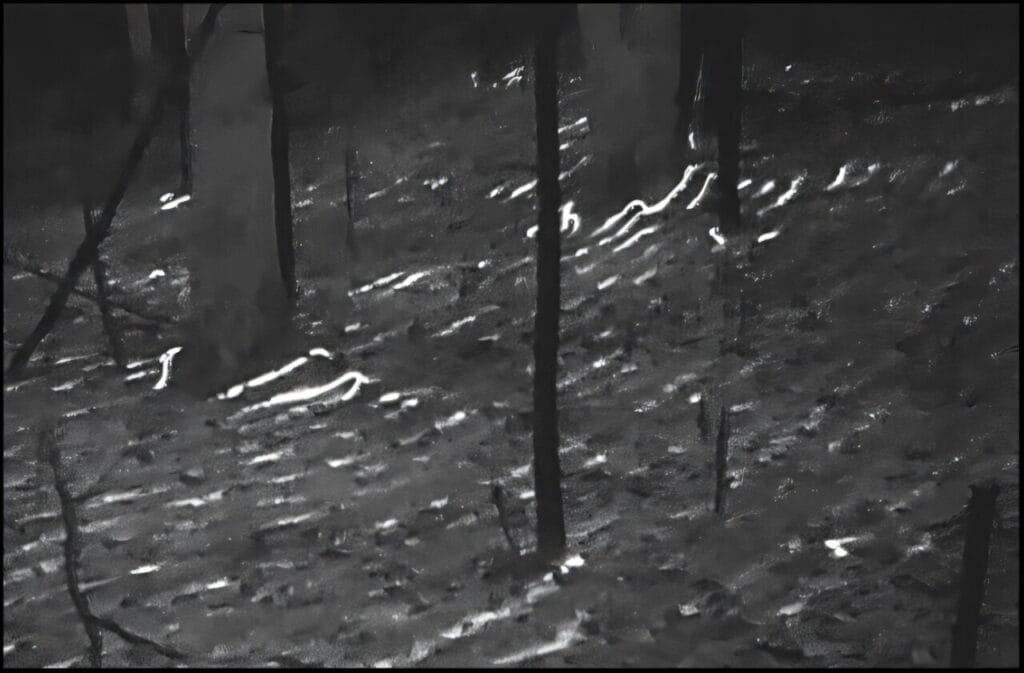
Freeze/Thaw Cycles: The Hidden Villain
The scientists suspect that the freeze/thaw cycles had a damaging effect on the roots of the trees, which are crucial for carbon uptake. These cycles can cause the soil to expand and contract, disrupting the root systems and hindering their ability to absorb nutrients and water effectively. In turn, this could reduce the tree’s overall capacity to sequester carbon.
Trees are often thought of as resilient, able to withstand and adapt to varying conditions. However, this study highlights that certain changes—such as the shifting patterns of winter weather—could be more harmful than initially anticipated. While warmer growing seasons allow trees to grow faster, the warming winters are an unpredictable and damaging force that could undermine the benefits of increased summer growth.
In the plots that maintained a consistent snowpack, the insulating effect of snow likely helped protect the soil and tree roots, offering a buffer against the detrimental freeze/thaw cycles. This protective effect allowed for better carbon storage, suggesting that snowpack is a crucial factor in maintaining the carbon sequestering ability of northern temperate forests.
A Wake-Up Call for Future Climate Models
This study presents an urgent need for a rethinking of climate models that predict the future role of forests in carbon sequestration. Many existing models have largely relied on the assumption that warmer growing seasons will lead to increased carbon storage due to enhanced tree growth. While this study supports that idea, it also shows that current models are missing a critical factor: the effect of warmer winters and increased freeze/thaw cycles.
The authors of the study stress that this oversight could lead to overestimations of the carbon sequestration potential of northern forests. According to the researchers, “Not incorporating the effects of a shrinking winter snowpack into Earth system models are likely to lead to overestimating rates of carbon sequestration of northern temperate forests in response to climate change by at least 50%.”
Such overestimations could have serious consequences. If models continue to predict that forests will absorb more carbon than they actually can, climate change mitigation strategies might become less effective, leaving us ill-prepared for the accelerating pace of global warming.
A Small Study with Big Implications
While the findings of this study are groundbreaking, the researchers acknowledge some limitations. The experiment was conducted on a relatively small scale, with only six forest plots, and focused primarily on one species of tree—the red maple. To get a clearer and more comprehensive understanding of how different trees and forest ecosystems are responding to climate change, future research will need to consider a broader range of species and ecological contexts.
In particular, understanding the long-term effects of warmer winters on forest health, carbon storage, and ecosystem stability will be crucial in guiding future climate action. As the study authors note, more research is needed to see how other types of trees, such as oaks or pines, respond to changing winter conditions and to study the impacts of warmer winters on the full range of species within temperate forests.
The Clock Is Ticking
The clock is ticking. As global temperatures continue to rise, it’s more critical than ever to understand how every element of the ecosystem—from the tiniest bacteria to the tallest trees—responds to climate change. Forests, which have long been considered a buffer against climate change, are now facing their own challenges.
This study is a reminder that while the natural world offers many solutions, those solutions can be fragile. The loss of consistent snowpack and the increased freeze/thaw cycles are not just inconveniences—they are destabilizing forces that could harm our planet’s ability to absorb carbon.
As the warming winters threaten forests’ ability to store carbon, we must redouble our efforts to protect and preserve these critical ecosystems. They are, after all, one of our most powerful allies in the fight against climate change. We can only hope that, as we continue to learn, the forests will still have the strength to stand tall in the face of an uncertain future.
Reference: Emerson Conrad-Rooney et al, Declining winter snowpack offsets carbon storage enhancement from growing season warming in northern temperate forest ecosystems, Proceedings of the National Academy of Sciences (2025). DOI: 10.1073/pnas.2412873122
